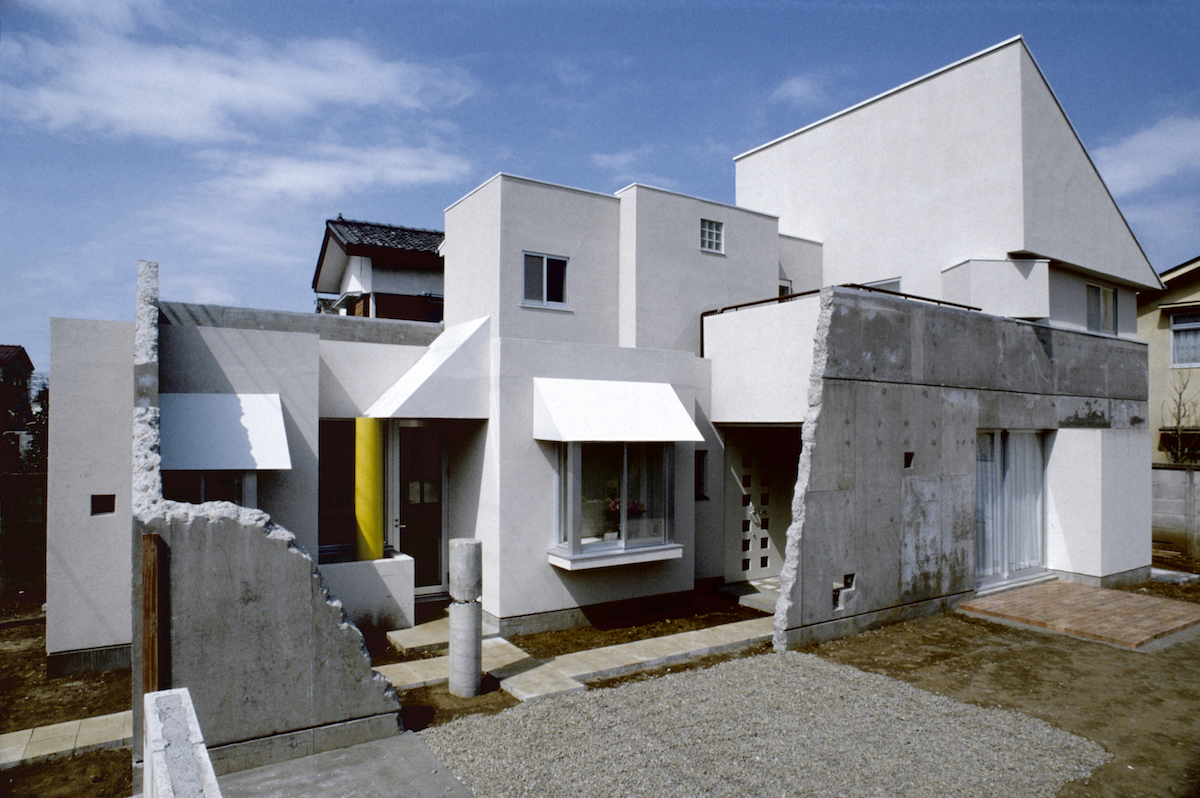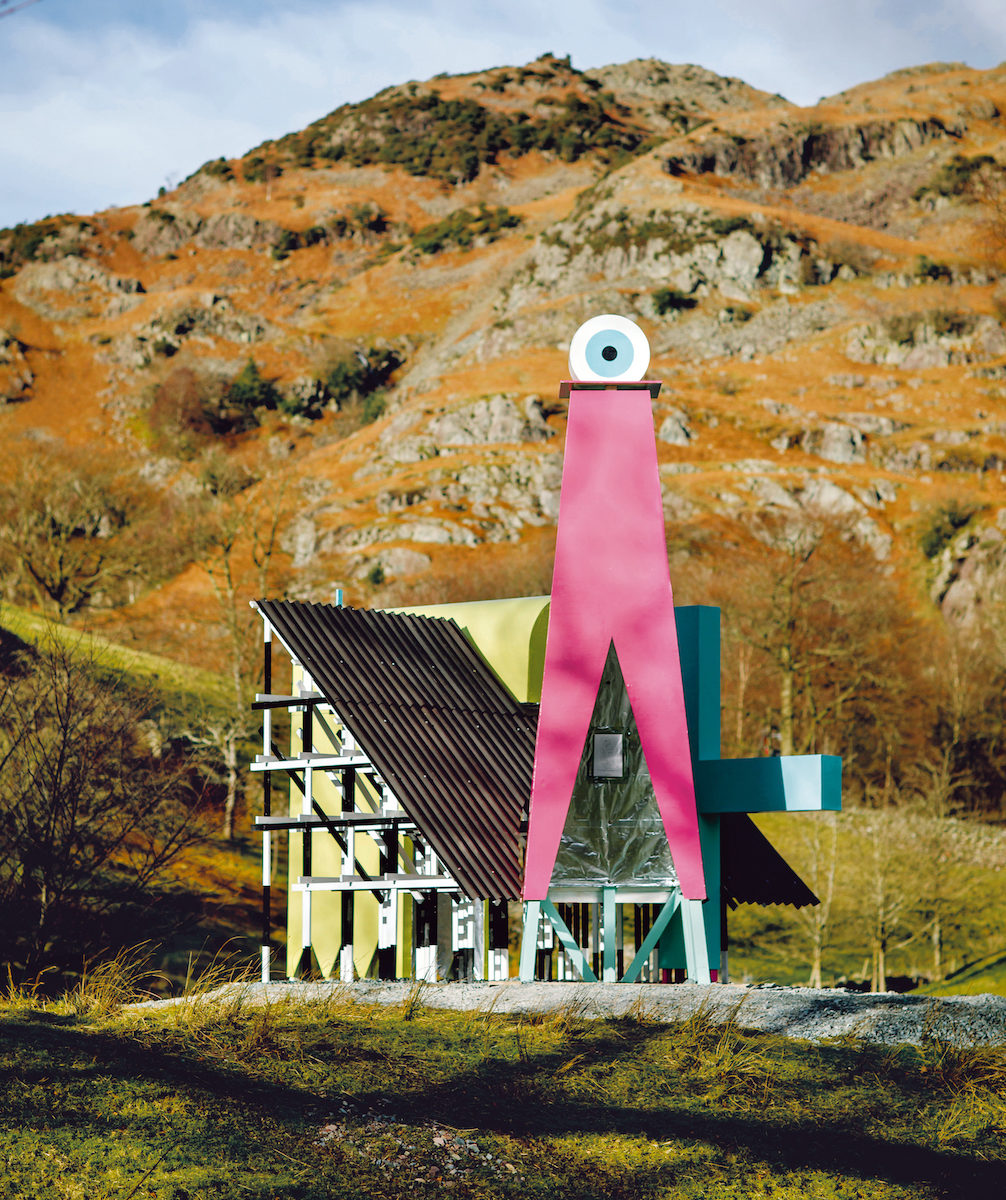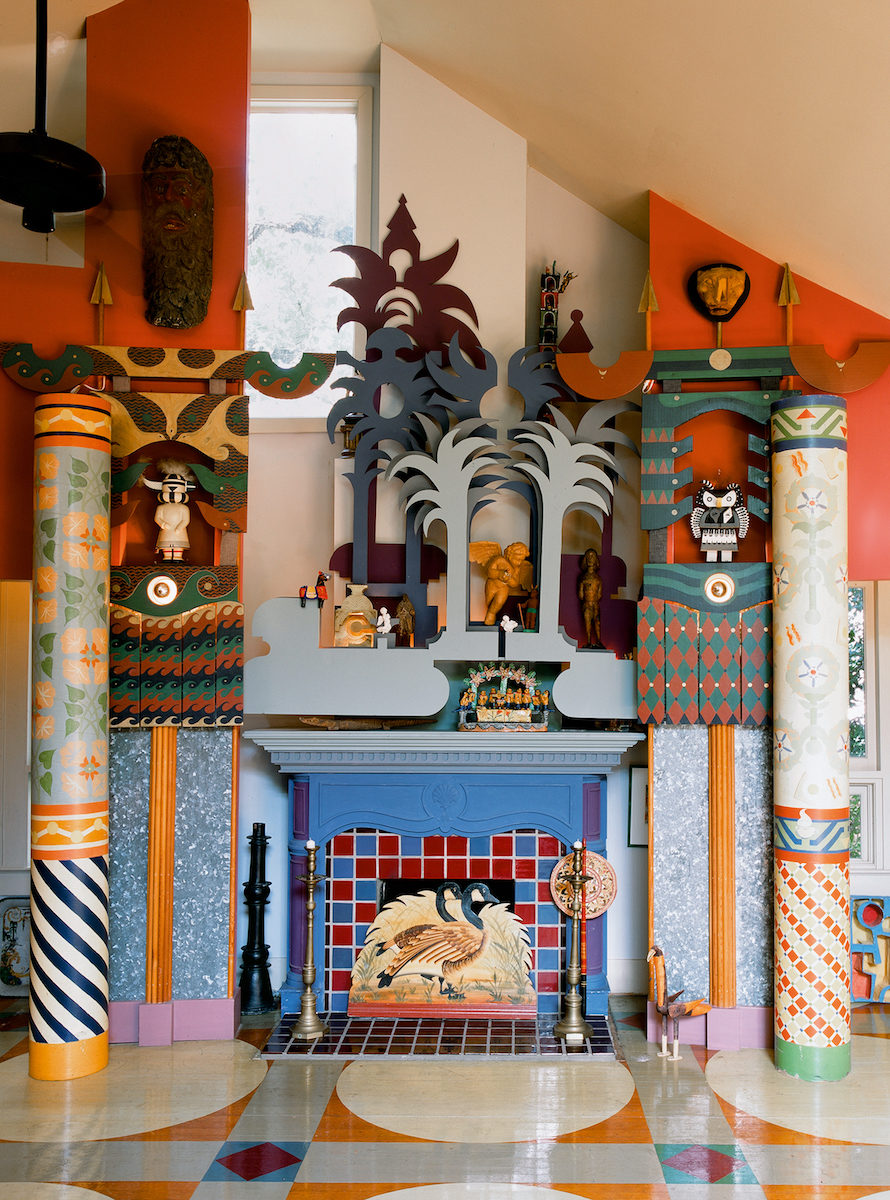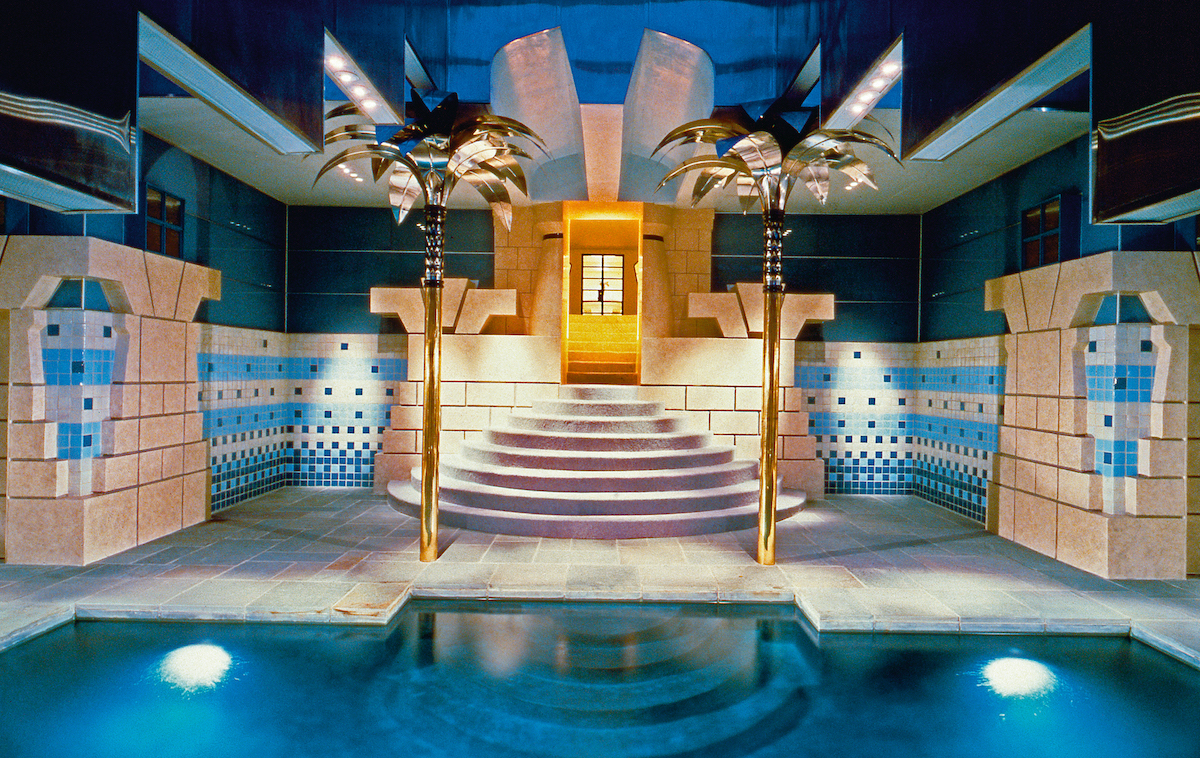
Tasteless, gaudy, ugly and facile are all words that have been used to describe postmodern architecture. These bombastic buildings—erected as an antidote to the austere elegance of modernist architecture—are all colours, ragged shapes, incongruous textures and lines. They have come to symbolize 1980s decadence and individualism, flooding malls, office blocks, municipal buildings and private homes with a strange medley of classicist homage and kitsch Vegas glamour.
“PoMo is so fanciful that it seems as if it could only have come from the minds of children.”
The term postmodern, or “PoMo” for short, is so divisive that even the movement’s supposed founding father Robert Venturi disavows it. Even so, in a new book by Owen Hopkins called Postmodern Architecture: Less Is a Bore, Venturi’s theoretical readings of architectural complexity and contradiction are a starting point.

It seems that Hopkins is truly dedicated to the ugly appeal of PoMo, seeing as the dense, squat typesetting of the introductory essay makes it almost impossible to read without enducing a headache. If you manage to power through, you’ll find a general outline of the utopian principles of modernism, how they failed us, and how PoMo was born out of a reaction to this seemingly universal post-war style.
Of course, it is the buildings themselves that prove the rich pleasures of the movement. Whether or not you are a fan, it is impossible to ignore the pure joy of a kindergarden shaped like a cat, or a swimming pool bedecked with golden palm trees. Oftentimes, PoMo is so fanciful that it seems as if it could only have come from the minds of children, whose relationship to scale, style and tangible reality is still wonderfully malleable.
- Left: Studio Mutt, The Ordnance Pavilion, The Lake District, Cumbria, England, UK, 2018 © Studio MUTT / Photograph by Steven Barber; Middle: Charles Moore, Moore House, Austin, Texas, USA, 1984 © Charles Moore Foundation; Right: WAM Architecten, Hotel Zaandam, Amsterdam, The Netherlands, 2010 © WAM architecten / Photograph by Peter Barnes
Hopkins revels in the contentious critical readings around the subject, quoting everyone from the Prince of Wales to Tom Wolfe in an effort to show not only the paradoxes of the architectural movement, but its relationship to contemporary living as a whole. Of course, there are plenty of supportive and scathing statements from leading architects too, including a barbed remark from Richard Rogers: “Postmodernism is the superficial aesthetic of shoddy commercial design, obsessed with money and fashion.”
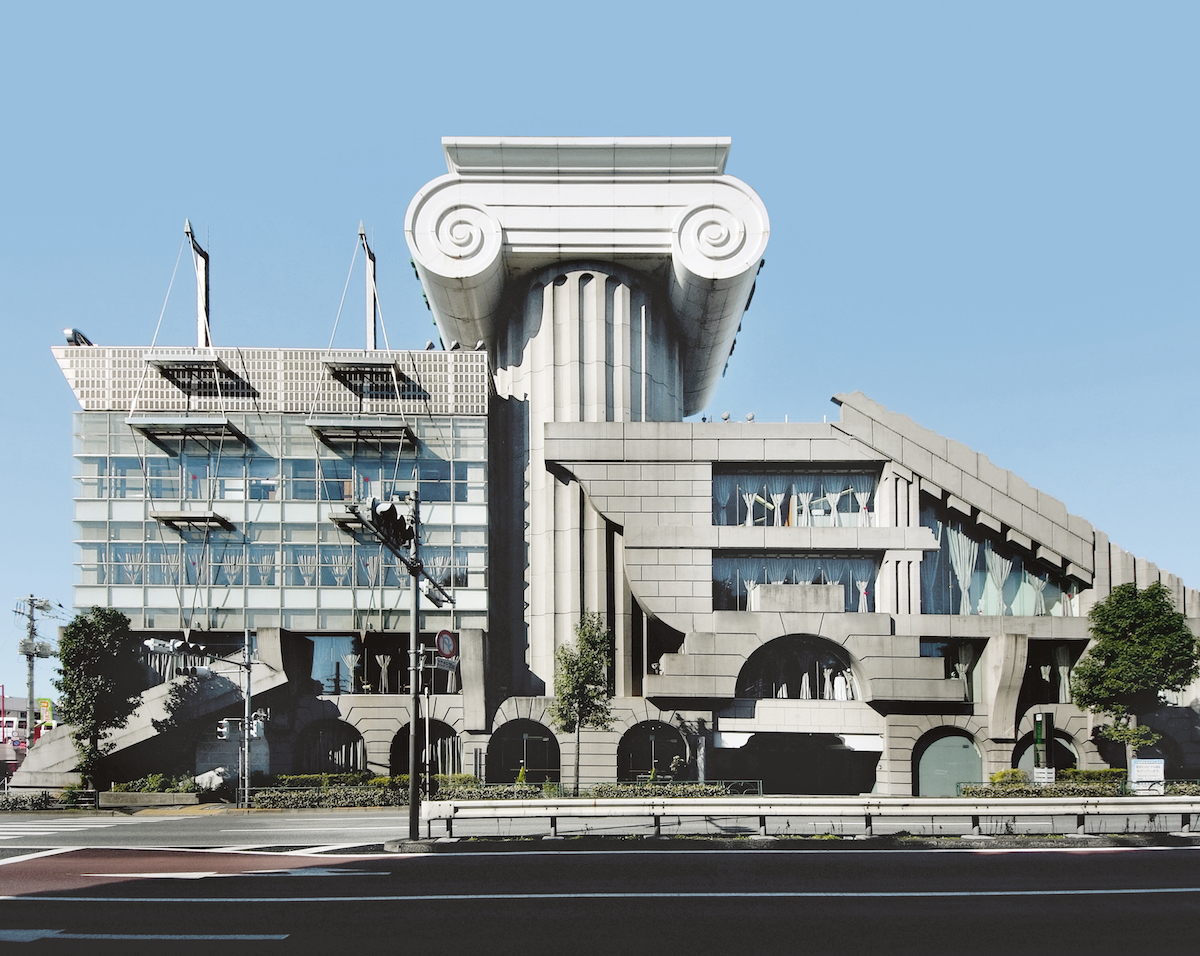
It is rather fantastic to see such venom printed alongside these brash, ornamental structures. They seem to laugh knowingly at the madness of it all, blowing apart the eternally serious business of architecture. It is also worth noting that the very definition of PoMo is constantly argued, and the contents of this book is sure to be picked apart and debated within an inch of its life.
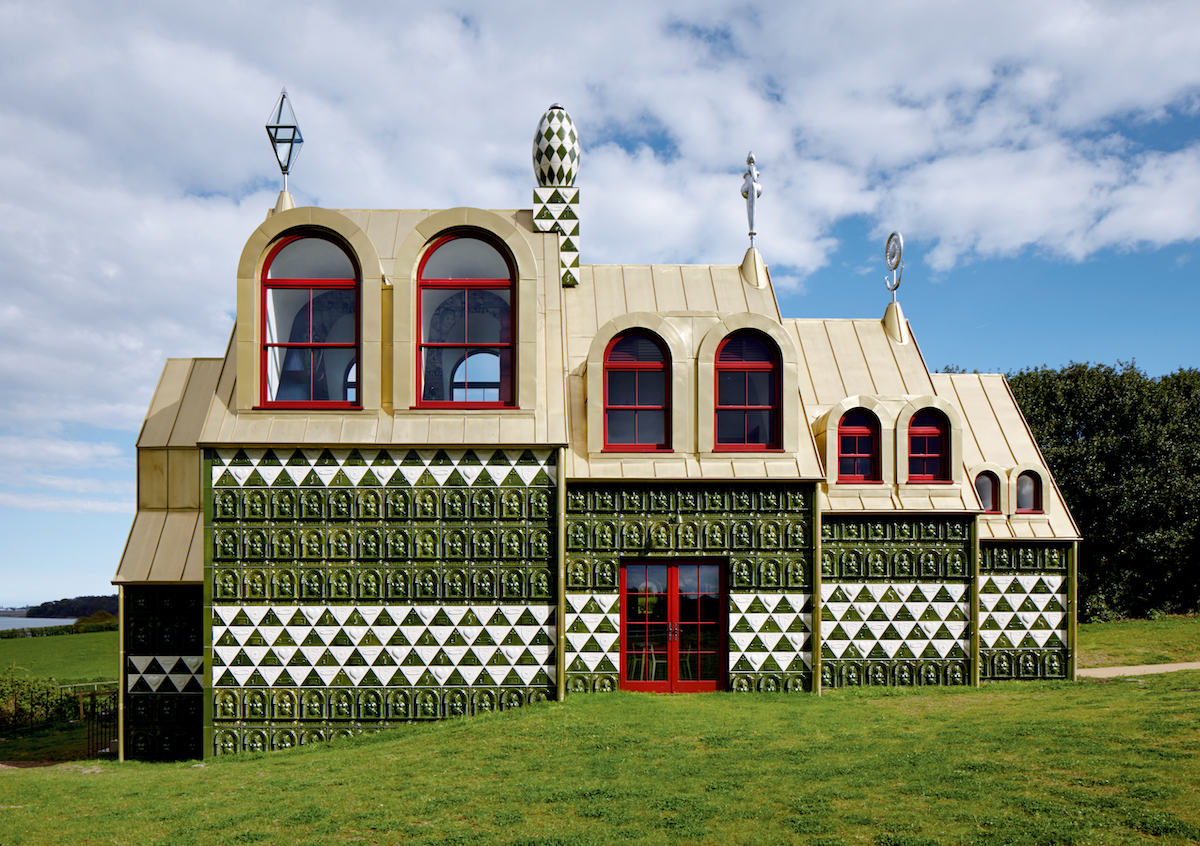
Technicalities aside, these pages are jam-packed with delightfully crazy buildings, many of which could now be deemed historical. Hopkins grapples with the dilemma of a shift in the new, but I’m surprised that he only considers the movement in terms of its connection to twentieth-century modernism. Sure, PoMo pushed against what had come before, but it also offers respite in an age where globalization, hyper connectivity and social media have profoundly homogenized our cultural surroundings, especially in places deemed chic or trendy. Go to any major city in the world and you will find the same tasteful slabs of wood, exposed copper piping and elegantly displayed house plants that form the universal code of a freelancer-friendly café. Conversely, PoMo rails against accepted codes of taste, and isn’t afraid to make enemies in the process.
